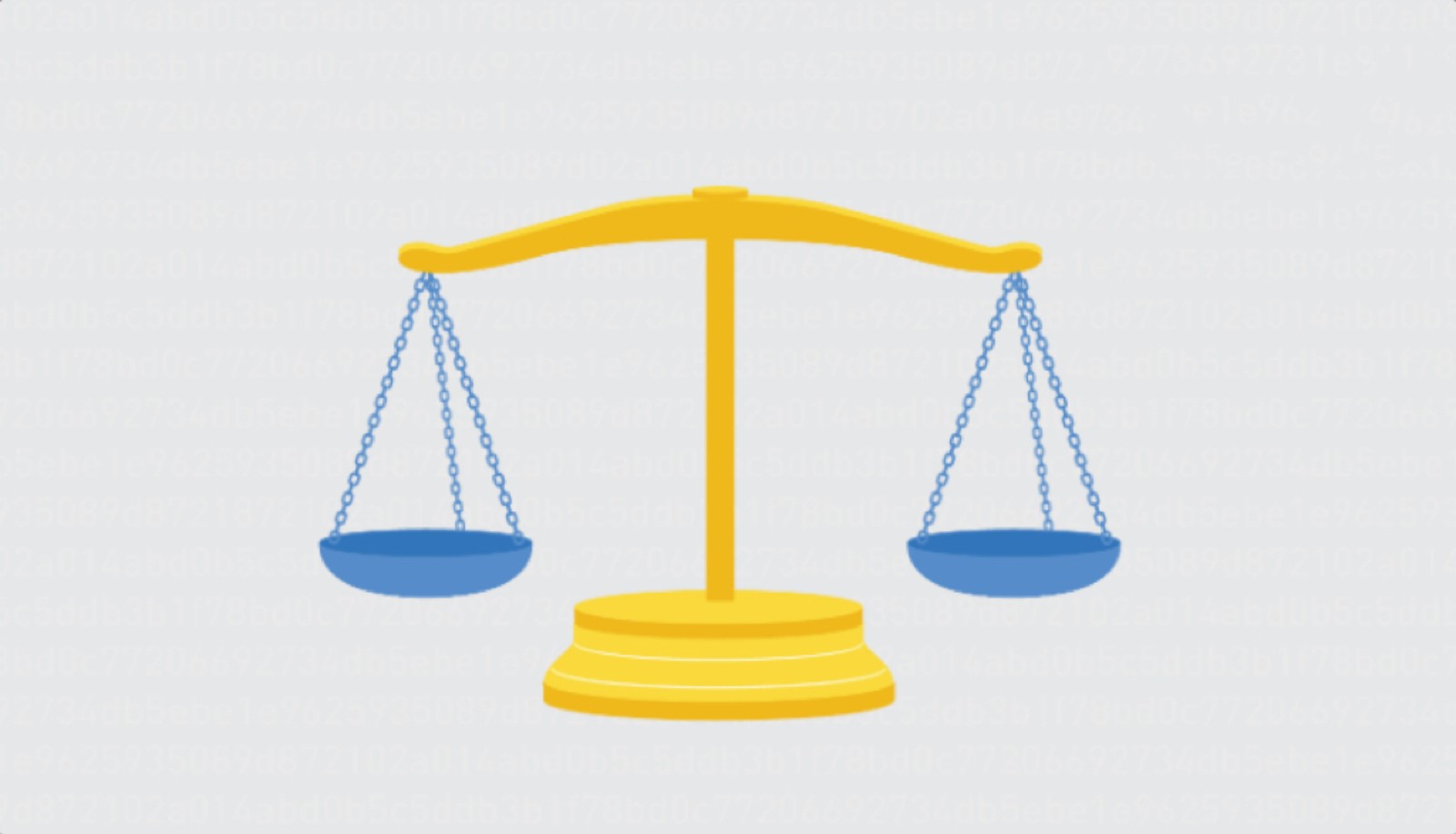
Most blockchains are designed as a decentralized database that functions as a distributed digital ledger. These blockchain ledgers record and store data in blocks, which are organized chronologically and linked through cryptographic proofs. The advent of blockchain technology has brought numerous advantages to various industries, enabling higher security in a trustless environment. However, its decentralized nature also introduces some drawbacks. For example, compared to traditional centralized databases, blockchain has limited efficiency and requires increased storage capacity.
Advantages
Distributed
Since blockchain data is typically stored across thousands of devices in a distributed node network, the system and data are highly resistant to technical failures and malicious attacks. Each network node can replicate and store a copy of the database, eliminating single points of failure—meaning the failure of a single node does not affect the network's availability or security.
In contrast, many traditional databases rely on one or a few servers, making them more vulnerable to technical failures and cyberattacks.
Stability
Confirmed blocks are highly unlikely to be reversed, meaning that once data is registered on the blockchain, it is extremely difficult to delete or alter. This makes blockchain an excellent technology for storing financial records or any other data requiring an audit trail, as every change is tracked and permanently recorded on the distributed and public ledger.
For example, businesses can use blockchain technology to prevent employee fraud. In this scenario, blockchain provides a secure and stable record of all financial transactions occurring within the company, making it harder for employees to conceal suspicious activities.
Trustless System
In most traditional payment systems, transactions depend not only on the transacting parties but also on intermediaries such as banks, credit card companies, or payment providers. With blockchain technology, intermediaries are no longer necessary, as the distributed network of nodes verifies transactions through a process called mining. Thus, blockchain is often referred to as a "trustless" system.
Blockchain systems eliminate the risk of trusting a single organization and reduce overall costs and transaction fees by cutting out intermediaries and third parties.
Disadvantages
51% Attack
Over the years, Bitcoin's Proof-of-Work consensus algorithm has proven highly effective in securing the blockchain. However, blockchain networks are susceptible to certain potential attacks, with the 51% attack being one of the most discussed. This attack can occur if a single entity gains control of over 50% of the network's hash rate, allowing malicious actors to disrupt the network by intentionally excluding or altering the order of transactions.
While theoretically possible, Bitcoin has never experienced a successful 51% attack. As the network grows, security improves, making it less likely for miners to invest significant resources in attacking Bitcoin—since honest participation yields greater rewards. Additionally, a successful 51% attack can only modify recent transactions for a short period, as blocks are cryptographically linked (altering older blocks would require unimaginable computational power). Bitcoin's blockchain is also highly resilient and can quickly adapt to attacks.
Data Modification
Another drawback of blockchain systems is the difficulty of modifying data once it has been added. While stability is an advantage, it is not always beneficial. Changing blockchain data or code typically requires a hard fork—abandoning one chain in favor of another.
Private Keys
Blockchain uses public-key (asymmetric) cryptography to grant users ownership of their cryptocurrency units (or other blockchain data). Each blockchain address has a corresponding private key. While addresses can be shared, private keys must remain confidential. Users need their private keys to access their funds, effectively acting as their own bank. If a user loses their private key, the funds are effectively lost with no recourse.
Inefficiency
Blockchains, especially those using Proof-of-Work, are highly inefficient. Due to the competitive nature of mining—where only one winner is selected every ten minutes—the efforts of all other miners are wasted. As miners continually increase their computational power to improve their chances of finding valid block hashes, the Bitcoin network's resource consumption has grown significantly over the years, now exceeding the energy usage of entire countries like Denmark, Ireland, and Nigeria.
Storage
Blockchain ledgers grow increasingly large over time. The Bitcoin blockchain currently requires around 200 GB of storage. The ledger's growth rate appears to outpace hard drive advancements, raising concerns that if the ledger becomes too large for individuals to download and store, the network could lose nodes.
Conclusion
Despite its drawbacks, blockchain technology offers unique advantages and is here to stay. While mainstream adoption remains distant, many industries are seriously considering the pros and cons of blockchain systems. In the coming years, businesses and governments are likely to explore new applications, identifying where blockchain adds the most value.
















